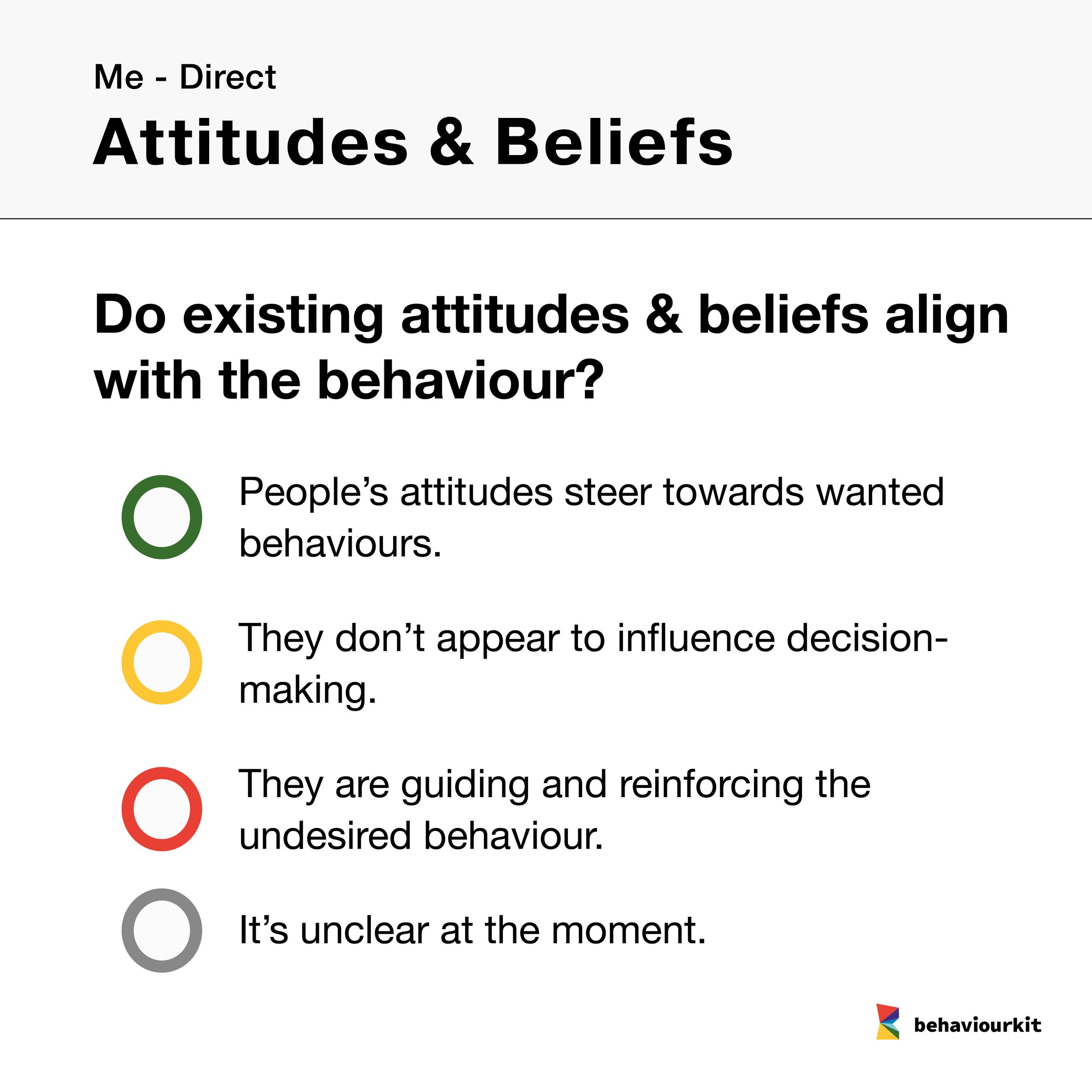Sphere of Influence
Sphere of Influence
Identify the most influential people in your problem area to define your audience.
Useful for:
Behaviour Change
Project stage:
Discover
Sphere of Influence is a systematic tool that aids in uncovering the network of influences affecting a particular actor within a problem area. It lets you follow the ripples of influence across various people within your problem space. It's not just about identifying the actor; it's about uncovering the power dynamics that surround them.
Applications:
This tool is crucial in fields like behaviour change, user research, and change management. It helps you identify the most influential actor(s) in a system, allowing you to focus your resources effectively for maximum impact.
Important reminders:
Remember, influence is rarely unidirectional. Make sure to explore the ways influence flows between actors. Also, bear in mind that an actor's influence might not be readily apparent. Delve deep and think laterally to uncover the true influence webs.
STEPS
Target actor: Identify one person (or group) that you want to influence or understand more. Put this actor at the centre of the Sphere of Influence.
.Analyse: Determine the influence of other actors on your target actor.
Ask: What roles do they have? How does their behaviour impact the target actor?
.Define: Categorise each actor's influence as direct, indirect, or systemic. Add arrows to show the relationships between the actors as you add them.
Ask: Which way does the influence flow? Is it reciprocal?
.Sort: Reflect on each new person or group. Place each new actor within the Sphere of Influence at their level of influence. It's okay if some actors become less relevant or do not fit. They might not be your target audience.
.Follow Influence: Trace the influence between your target actor and the other actors.
Ask: Who has the most sway over the target actor? If the target actor's influence is less than anticipated, who else could be a suitable replacement?
.Define your audience: The actor with the most influence becomes your audience. Focus your resources on them for the most effective behaviour change.
Direct influence: Individuals, groups, infrastructures that directly inform what your actor does.
Indirect influence: Actors who passively influence your actor.
System influence: The influences outside your control. But they have a global influence on your actor.
This tool isn't about assumptions or first impressions; it's about digging deeper, following influence, and finding the true catalysts for change. Remember, influence ripples, and a shift in the behaviour of a key actor can bring about broader systemic change.
Derived from:
The Sphere of Influence tool borrows its roots from social network theory, actor-network theory, and behavioural psychology. It was created by Behaviour Thinking Consultancy & Campus behav. The tool evolved out of the need to understand complex social systems, and the interplay of influence that shapes behaviours within these systems for using in a process called Behavioural Problem Framing.

